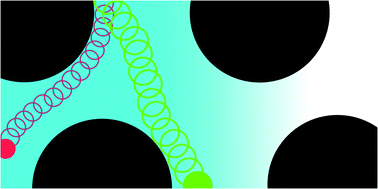Deterministic lateral displacement for particle separation: a review
Abstract
Deterministic lateral displacement (DLD), a hydrodynamic, microfluidic technology, was first reported by Huang et al. in 2004 to separate particles on the basis of size in continuous flow with a resolution of down to 10 nm. For 10 years, DLD has been extensively studied, employed and modified by researchers in terms of theory, design, microfabrication and application to develop newer, faster and more efficient tools for separation of millimetre, micrometre and even sub-micrometre sized particles. To extend the range of potential applications, the specific arrangement of geometric features in DLD has also been adapted and/or coupled with external forces (e.g. acoustic, electric, gravitational) to separate particles on the basis of other properties than size such as the shape, deformability and dielectric properties of particles. Furthermore, investigations into DLD performance where inertial and non-Newtonian effects are present have been conducted. However, the evolvement and application of DLD has not yet been reviewed. In this paper, we collate many interesting publications to provide a comprehensive review of the development and diversity of this technology but also provide scope for future direction and detail the fundamentals for those wishing to design such devices for the first time.


 Please wait while we load your content...
Please wait while we load your content...